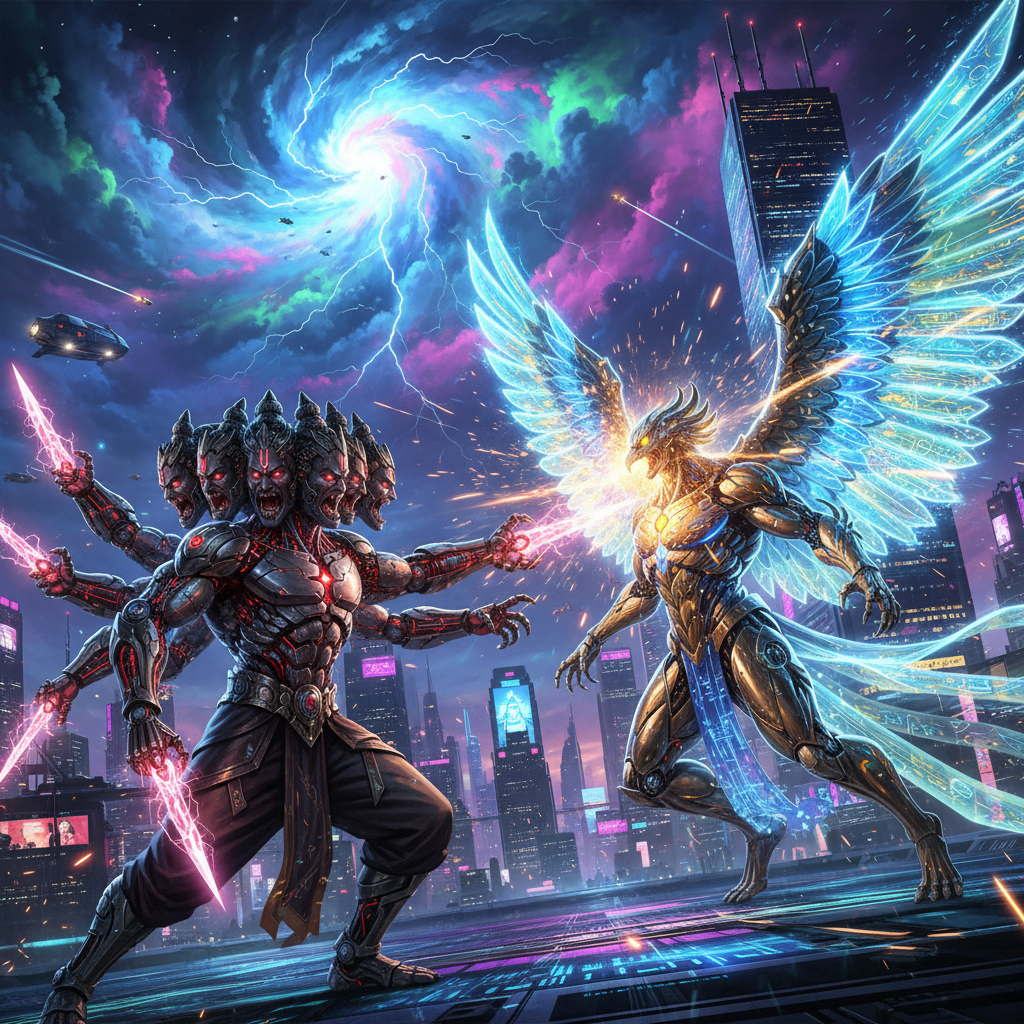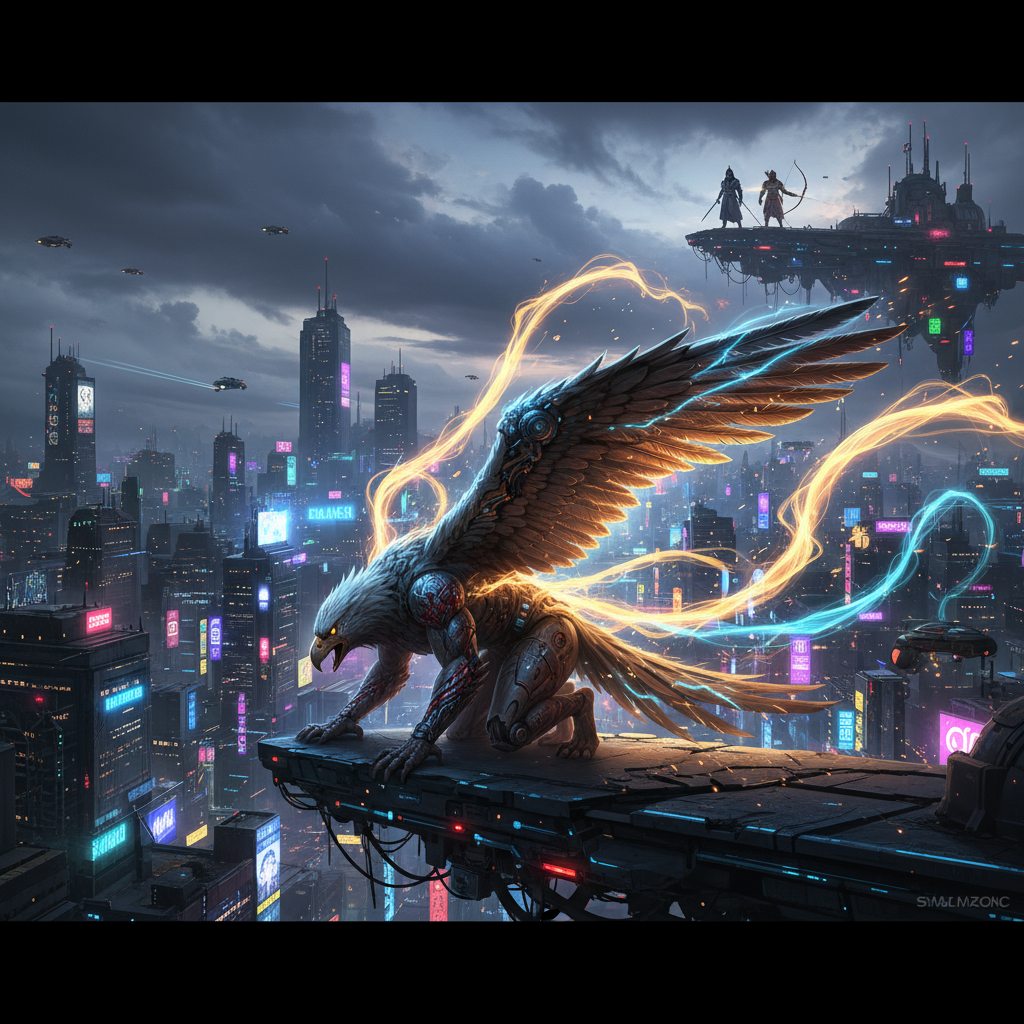
Garuda entered the battle because of his divine duty as a protector and his deep commitment to upholding Dharma (righteousness). When Ravana kidnapped Sita, an act that disrupted the cosmic balance and threatened the principles of justice, Garuda could not remain passive. As a celestial being with immense power and loyalty to the forces of good, Garuda saw it as his responsibility to intervene and fight against the injustice.
His entry into the war was essential—not just as a warrior but as a symbol of hope and resistance against tyranny. Ravana’s control over Lanka and his attempt to keep Sita captive represented chaos and evil, which Garuda sought to overcome by force. His presence would galvanize the forces opposing Ravana and give Rama and his allies a vital advantage.
Garuda’s fight was driven by the need to protect the innocent and restore order. This intervention demonstrated that when evil grows unchecked, divine forces rise to challenge it, ensuring that righteousness prevails.
In the futuristic retelling, Garuda’s cybernetic enhancements emphasize his readiness and power to confront the technologically advanced Ravana. His entry signifies the escalation of the conflict to new, high-stake dimensions where ancient duty meets modern warfare. After fight garudha wingbe damage and fall down


